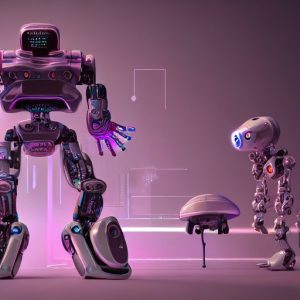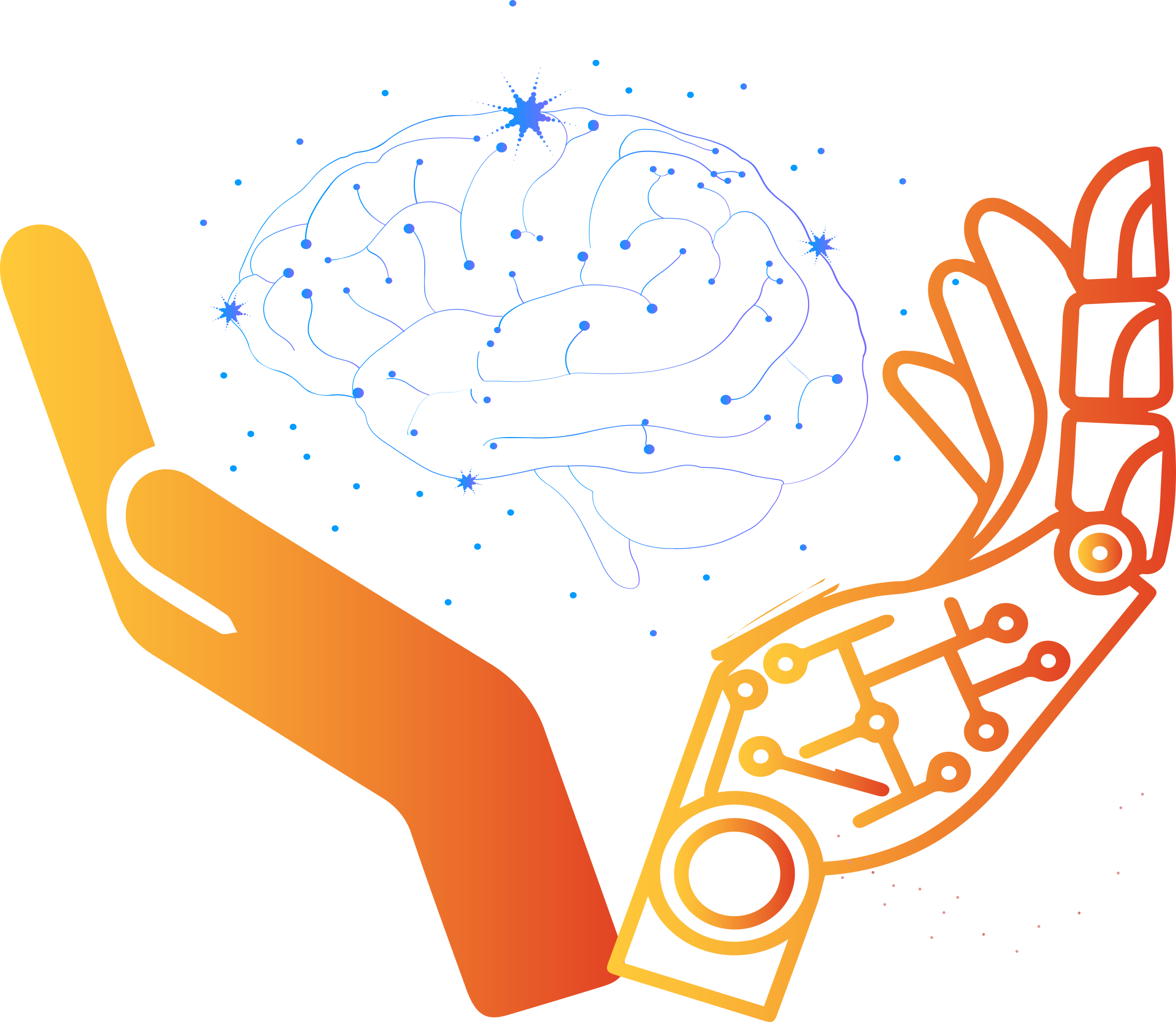A Breakdown of the Various Parts and Components of a Robot
Robots are complex machines that are made up of several parts and components, each with its own unique function and purpose. In this blog, we will explore the various parts of robots and their roles in robotics.

-
- Actuators: Actuators are devices that convert electrical, hydraulic, or pneumatic energy into mechanical motion. They are responsible for controlling the movement of the robot’s limbs, joints, and other components. There are different types of actuators, including electric motors, hydraulic cylinders, and pneumatic pistons, each with its own advantages and disadvantages depending on the application.
- Sensors: Sensors are devices that detect changes in the robot’s environment, such as light, temperature, and pressure. They provide information about the robot’s surroundings, which is used to control its movement and interact with its environment. Some common sensors used in robotics include cameras, sonar, and infrared sensors.
- Controllers: Controllers are the brains of the robot, responsible for processing sensor data and generating commands for the actuators. They are typically microprocessors or microcontrollers that are programmed to perform specific tasks. Controllers can range from simple circuits that control a single motor to complex systems that control the entire robot.
- End-effectors: End-effectors are the tools that are attached to the end of the robot’s arm, used to interact with its environment. They can be as simple as a gripper or as complex as a welding tool. End-effectors are chosen based on the specific task the robot is designed to perform.
- Power systems: Power systems provide the energy required to operate the robot’s components. Depending on the application, robots can be powered by electricity, batteries, or fuel cells. The power system is an important consideration in robotics, as it affects the robot’s size, weight, and mobility.
- Vision systems: Vision systems are used to give the robot the ability to see and interpret its environment. They include cameras, sensors, and software that analyze visual data. Vision systems are essential in robotics, as they enable the robot to navigate, detect objects, and recognize patterns.
- Grippers: Grippers are the robot’s hands, used to grasp, hold, and manipulate objects. There are different types of grippers, including vacuum grippers, electric grippers, and hydraulic grippers, each with its own advantages and disadvantages.
- Arms: Robot arms are the primary means of movement for the robot. They are typically made up of several joints that allow for precise control over the robot’s movements. The number and type of joints depend on the robot’s application and desired range of motion.
- Software: Software is used to control the robot’s behavior and is responsible for processing sensor data, generating commands for the actuators, and executing complex tasks. There are different programming languages and frameworks used in robotics, including C++, Python, and ROS.
- Mobility systems: Mobility systems are used to enable the robot to move around its environment. They include wheels, tracks, and legs, and are chosen based on the terrain and the application. Mobility systems can affect the robot’s speed, stability, and maneuverability.
- In later blogs, we may further explore each part as understanding the different parts of a robot is essential in designing and building robots that can perform specific tasks and operate effectively in their environment.

